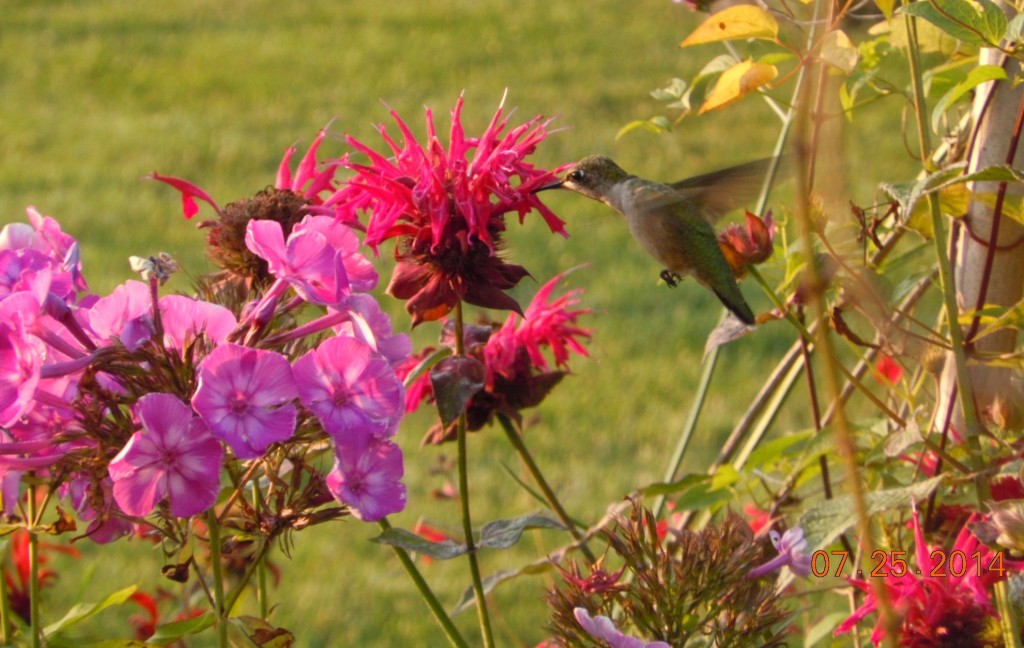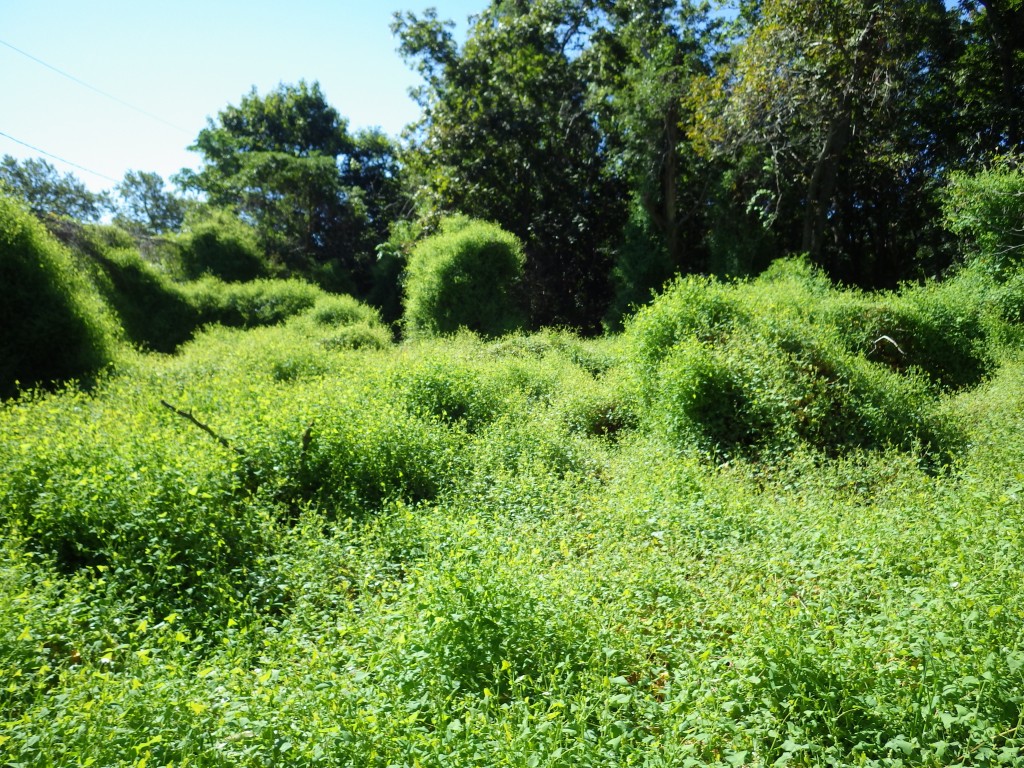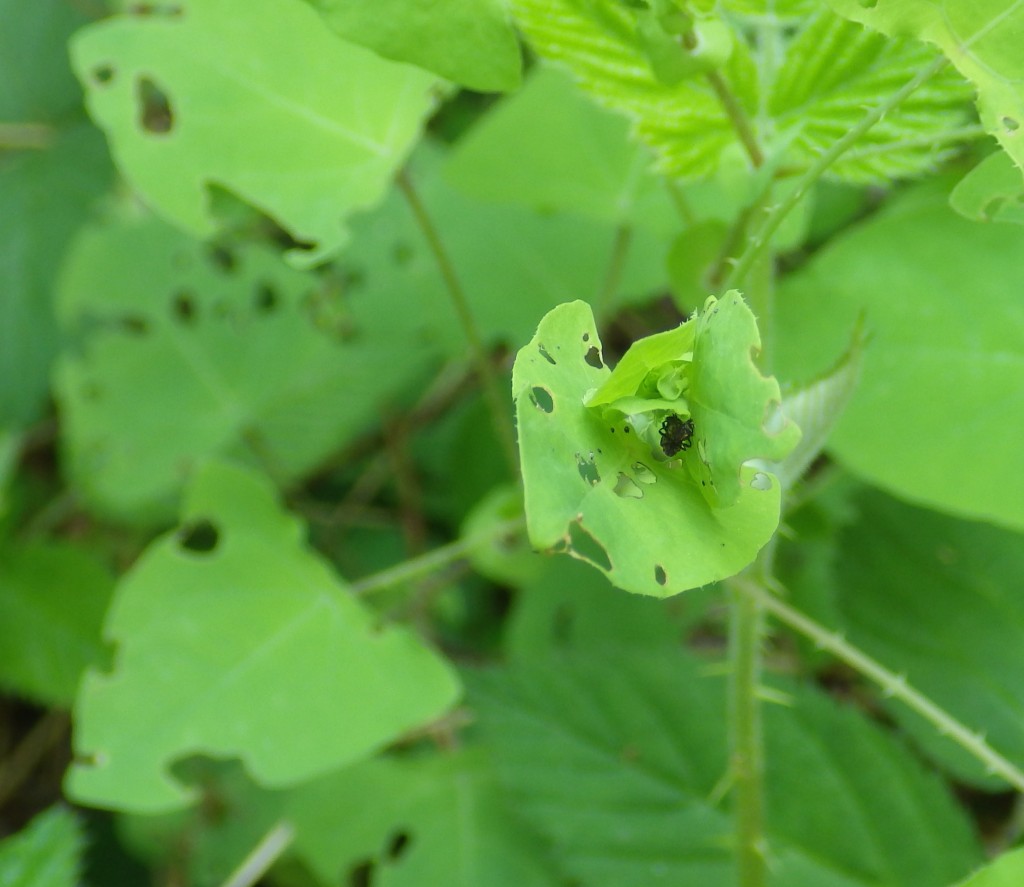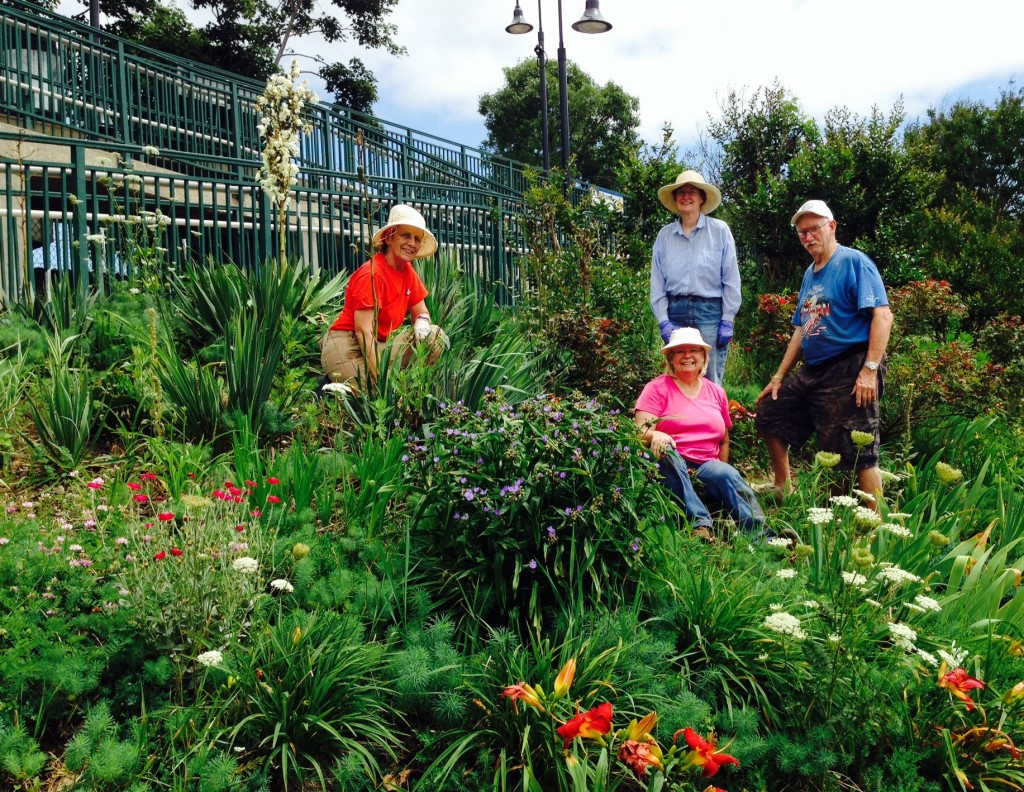After decades of very little gypsy moth activity, we are seeing “outbreaks” again this year. Many areas of Long Island have experienced extensive defoliation from gypsy moth caterpillars this summer, and other areas in New York and around the region (CT, RI, MA, PA) have also been affected. Homeowners are learning the hard way that touching the hairs on these caterpillars can be quite irritating, so minimizing contact with them is important, especially for those with sensitive skin.
Long Island’s NYS DEC Forester is aware of the situation, particularly since it is affecting forest areas and not just those in residential landscapes. At this point nothing can be done; gypsy-moth damage is about finished for the year. The adult moths are now active and egg masses are very obvious on tree trunks, suggesting we’re in for another round next year (there is only one generation a year). Trees that have been heavily defoliated should, however, be protected from a second wave of defoliation from other insects this summer, such as the orange-striped oak worm, which we sometimes see in August. One defoliation weakens trees, but a second one in the same season can kill them or make them more susceptible to opportunistic pests like two-lined chestnut borer. You’ll want to protect trees from defoliation next year, too, which would also weaken them. Now is a good time to examine cultural conditions around affected trees – are they getting too much or too little water? Do you see soil compaction, root competition, or root disturbance around them?
Our Horticulture Diagnostic Lab is a good place to get information on helping trees recover from gypsy moth defoliation and on management options to reduce the risk of damage next year. Call the Lab’s hot line at 631-727-4126 from 9 a.m. to noon. Options might include systemic treatment (trunk injection) where foliar pesticides aren’t an option, or foliar sprays where spray drift and getting tree adequate coverage are not problems. A fact sheet about the gypsy moth is available on our website: http://ccesuffolk.org/gardening/horticulture-factsheets/tree-and-shrub-insect-pests (Note: this fact sheet is for homeowners; CCE Suffolk has additional information for arborists and other professional applicators).
Many years ago a natural insect-killing fungus was introduced to control the non-native gypsy moth. This fungus has done a good job of regulating its population since 1988, but this year’s exceptionally dry spring probably contributed to the fungus’ limited impact this summer (we did see some evidence of it at Heckscher State Park and elsewhere). Unfortunately the fungus tends to “kick in” after some defoliation is already apparent, but when spring conditions are wet, the fungus can be highly effective in minimizing the problem the following year.
Late this summer we’ll be better able to gauge the risk for 2016 based upon counts of gypsy-moth egg masses. These counts are usually done by forest entomologists and professional foresters. The procedure is outlined in a document posted at the NYS DEC website (http://www.dec.ny.gov/animals/83118.html), providing an estimate of expected severity in the coming year. Homeowners can also check around their properties to see what might be in store locally for next year. Since the newly hatched caterpillars can blow around to other areas, infestations outside your property can also be a threat and should be taken into consideration. If you see lots of tan, felt-like egg masses in your area (including adjacent forest trees) then expect another year of significant damage in 2016.
If you have valuable, susceptible trees, you might want to plan accordingly by engaging a consulting arborist this fall or winter for spring treatment to deter risk of heavy defoliation. There are a variety of options, including some organic products and other products used as trunk injections (noted above) where spray drift or adequate coverage are issues. You can remove and destroy egg masses on trees during late summer through early spring; however since the caterpillars can migrate from other areas it doesn’t provide absolute protection in large outbreaks.
Dan Gilrein is Extension Entomologist for CCE Suffolk. He can be reached at dog1@cornell.edu or at 631-727-3595.








